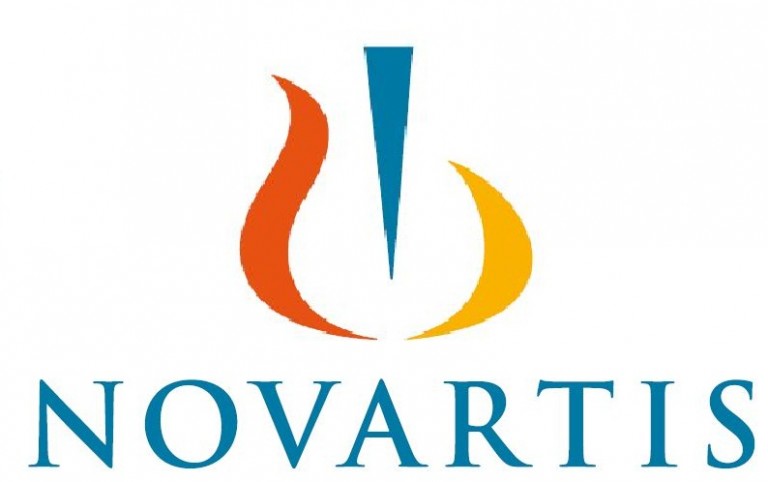
Novartis AG (NYSE:NVS) is set to support the development of a nonalcoholic steatohepatitis drug that its Israel partner Bioline RX Ltd (NASDAQ:BLRX) evaluated. BioLineRX announced that it had signed an exclusive worldwide agreement with Hadasit, a Technology Transfer Company owned by Hadassah Medical Organization. Its main purpose is in-licensing of a drug candidate for the treatment of liver fibrosis,especially non-alcoholic steatohepatitis. The drug candidate will be called BL-1210 and marks the first project to be in-licensed through collaboration between Novartis and BioLineRX.
Novartis entered into apartnership with BioLineRX back in 2014, with the Swiss drug maker investing $10 million to the Israel-based company. The deal would entrust BioLineRX to scout promising medicine in the country and notify Novartis. The Swiss drug maker would then select aproject that advance as far as the clinical. It will then pay BioLineRX $5 million and also sign up to pay for half of the focust cost of reaching clinical proof concept. This payment will take the form of an equal investment. If clinical trials are favorable and achieve proof of concept, Novartis has exclusive rights of first negotiation of the asset. BioLineRX will in-license the NASH asset under its R&D framework and continue with the preclinical program as it receives advice from Novartis.
Novartis was involved in the evaluation of BL-1210, a drug developed by Dr. RifaatSafadiat Hadassah Medical Center. Safadi is a liver disease specialist, known for his work on possible links between the Immune system and NASH. The BL-1210 offers a promising way for controlling liver fibrosis through modulation of the immune system. BioLineRX is set to address the novel drug target, which will modulate the immune system to reduce the liver fibrogenesis ultimately, therefore reducing liver scarring and limiting the fibrosis process, potentially controlling the progress of the disease.




